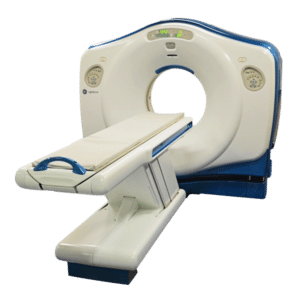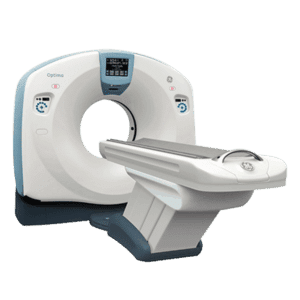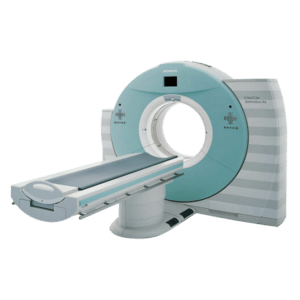Researchers monitored CT dose and adjusted their protocols in order to identify the optimal parameters
Currently ECR 2019 is happening in Vienna, and there have been some pretty interesting findings revealed this week. Some of the research that has been presented has come from presenter and lead author Dr. Marta Montesano, from the Sapienza University of Rome in Italy, concerning a reduction in cancer patients’ exposure to radiation from whole body CT exams.
Researchers monitored CT dose and adjusted their protocols in order to identify the optimal parameters for reducing the amount of radiation exposure that cancer patients receive during their CT scans, all without lowering image quality, a crucial component.
CT dose has been under scrutiny as of late, due to growing concern over the potential harm of excessive CT radiation exposure and the wide variability in CT dose levels throughout Europe. Currently, clinicians are implementing automated dose tracking software, as well as organizing teams of specialists in order to advance dose standardization.
During their research, Dr. Montesano used automated radiation dose monitoring software (DoseWatch, GE Healthcare) to monitor 500 consecutive adult cancer patients who had undergone whole-body CT exams between April and July 2017. Working with her was a team of colleagues, two radiologists, a radiology resident, a radiographer, a department director, and a medical physicist, all in efforts to improve whole-body CT protocols at their facility.
Get Started
Request Pricing Today!
We’re here to help! Simply fill out the form to tell us a bit about your project. We’ll contact you to set up a conversation so we can discuss how we can best meet your needs. Thank you for considering us!
Great support & services
Save time and energy
Peace of mind
Risk reduction
The CT process involved examining the radiation dose data provided by DoseWatch. The researchers then rated image quality of whole-body CT scans, and evaluated various technical parameters such as patient positioning, in the hopes that their efforts would optimize CT protocol acquisition. After the findings were discussed, the team took steps to shift their hospital’s current approach to whole-body CT. This included lowering radiation by 10 percentage points, as well as providing additional training to CT techs on patient positioning.
After the new changes were implemented in the hospital, the team then monitored 1,000 adult cancer patients who had undergone whole-body CT from July 2017 to January 2018. The results were significant: they found that their new whole-body CT protocol had led to significant reductions in radiation dose for head CT and chest CT exams, while the image quality of the scan wasn’t affected at all. In addition, there were statistically significant reductions in the number of times a CT scan exceeded diagnostic reference levels (DRLs) for all regions of the body.
Even more impressive was that the results revealed that their optimization greatly reduced the number of errors in patient centering observed during whole-body CT exams by a significant degree. During the first time period they monitored, approximately 15% of CT scans acquired fell outside the designated scanning area, whereas none were observed after dose monitoring was implemented in the facility.
“The dose monitoring system and the establishment of a dose team enabled the homogenization of [CT] acquisition protocols, the identification of radiation dose reference levels for CT for individual anatomical districts, and the reduction of radiation dose exposure without impairing image quality,” Dr. Montesano said.



